Lead and zinc are two of the most important non-ferrous metals, widely used across various industries, including construction, electronics, and batteries. The processing of lead-zinc ores, which often contain both metals, relies heavily on the flotation method, a separation technique that capitalizes on the differences in the surface properties of minerals. This comprehensive article explores the central role of froth flotation within the overall lead-zinc ore concentration workflow.
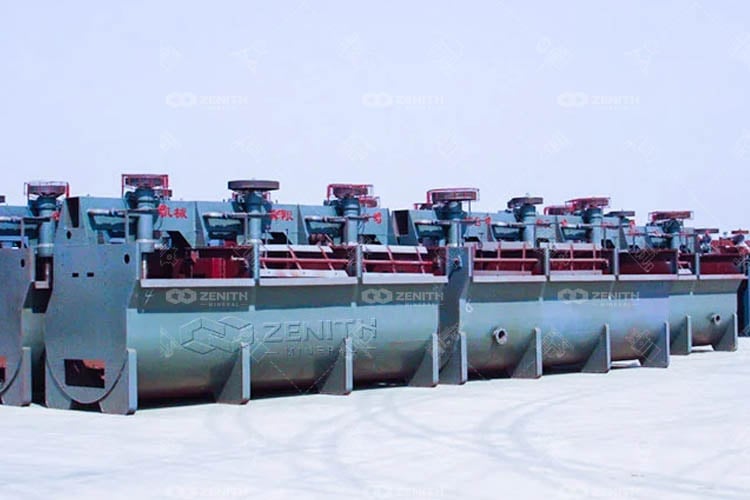
Lead-zinc ores typically contain a mixture of lead sulfides (mainly galena, PbS) and zinc sulfides (mainly sphalerite, ZnS), along with various gangue minerals such as quartz, calcite, and dolomite. The composition of these ores can vary significantly based on the geological formation, which affects the processing techniques used.
Lead-zinc deposits are predominantly found in sedimentary rock formations, often associated with limestone and dolostone. Significant deposits are located in regions such as Canada, Australia, and China. Understanding the geological context of these deposits is crucial for selecting appropriate extraction and processing methods.
Froth flotation is a physiochemical separation technique that exploits differences in the surface properties of mineral particles to selectively remove valuable sulfide ores from unwanted gangue components. It is considered the most widely used method for concentrating a wide range of metal-bearing ores, including those containing lead, zinc, copper, gold, silver, and other base and precious metals.
The underlying principle behind flotation is the ability to render the surfaces of specific mineral particles either hydrophobic (water-repelling) or hydrophilic (water-attracting) through the application of chemical reagents. Hydrophobic particles become attached to air bubbles generated within the flotation cell, allowing them to be removed in the froth layer. Hydrophilic particles, on the other hand, remain dispersed in the aqueous pulp and are rejected as tailings.
This selectivity is achieved through a complex interplay of factors, including particle size, mineral liberation, solution chemistry, and hydrodynamic forces within the flotation system. Careful management of these parameters is critical to maximizing the recovery and grade of the target valuable minerals.
The foundation of the flotation process lies in the ability to modify the surface characteristics of mineral particles. In their natural state, most metal sulfide minerals exhibit a relatively hydrophobic nature, which allows them to attach to and be carried by air bubbles. Conversely, the majority of gangue minerals, such as silicates, carbonates, and iron oxides, are inherently hydrophilic.
The wettability of a mineral surface is determined by the relative strength of adhesive forces between the solid, liquid (water), and gas (air) phases – known as the contact angle. Hydrophobic minerals display high contact angles (greater than 90°), indicating a preference for the air-solid interface over the water-solid interface. Hydrophilic minerals, on the other hand, exhibit low contact angles (less than 90°), favoring attachment to the water phase.
This distinction in surface wettability is exploited in the flotation process through the selective addition of chemical reagents. Collectors, the primary flotation reagents, adsorb onto the surfaces of target mineral particles, rendering them hydrophobic. Frothers, meanwhile, stabilize the air bubbles generated within the pulp to facilitate the attachment and transport of the hydrophobic particles. Additional reagents, such as activators, depressants, and pH modifiers, may also be utilized to enhance selectivity and performance.
The flotation circuit in a lead-zinc ore concentration plant typically consists of multiple stages to achieve the desired upgrade in metal grades and recoveries. A simplified flowsheet might include the following key components:
The number of flotation cells, their size and configuration, reagent types and dosages, and other operating parameters are all carefully optimized to maximize the recovery of lead and zinc minerals at the highest possible grades. This requires an in-depth understanding of the mineralogical characteristics of the ore, as well as the surface chemistry principles governing the flotation process.
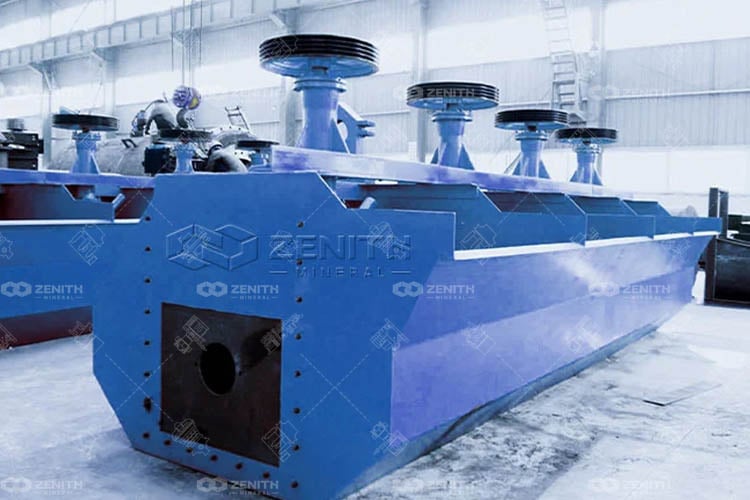
The selective separation of lead and zinc sulfide minerals through flotation relies on the strategic application of various chemical reagents. The primary reagents used in lead-zinc ore flotation include:
The specific reagent scheme employed in a lead-zinc flotation circuit depends on the unique mineralogical characteristics of the ore, the target metal grades and recoveries, and various economic and environmental considerations. Extensive bench-scale and pilot-scale testing is typically required to develop the optimal reagent suite and dosages for a particular ore body.
Numerous interrelated parameters influence the efficiency and selectivity of the lead-zinc flotation process. Key factors to consider include:
Skilled operators continuously monitor and adjust these variables to maintain consistent concentrate grades and metal recoveries, even as ore feed characteristics fluctuate. Advanced process control and automation technologies are increasingly being deployed to optimize flotation performance.
Flotation plays a critical role in the concentration of lead-zinc ores, enabling the efficient separation of valuable metals from gangue materials. By understanding the principles of flotation, the importance of reagents, and advancements in technology, operators can optimize their processes to enhance recovery rates and concentrate quality.
As the demand for lead and zinc continues to grow, ongoing innovation in flotation technology will be essential for meeting industry needs while addressing environmental concerns and economic challenges. The future of lead-zinc processing relies on a commitment to sustainability, efficiency, and continuous improvement in flotation practices.
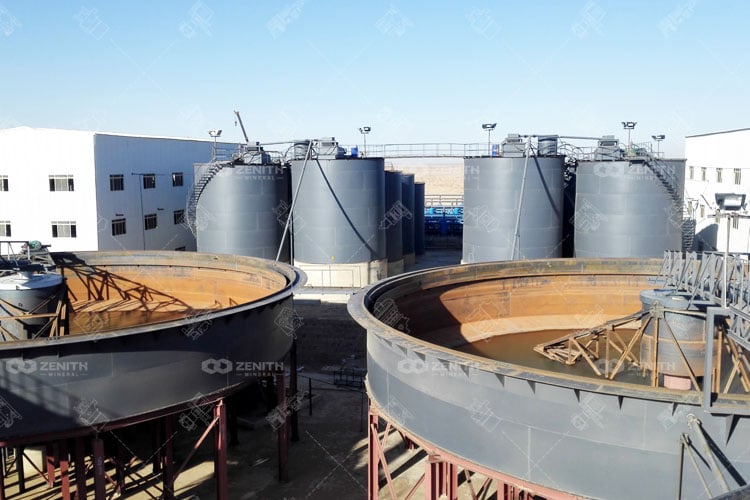
CIL processing plants play a critical role in modern gold mining operations. The CIL (Carbon in Leach) is a hydrometallurgical technique used to extract gold from ore.
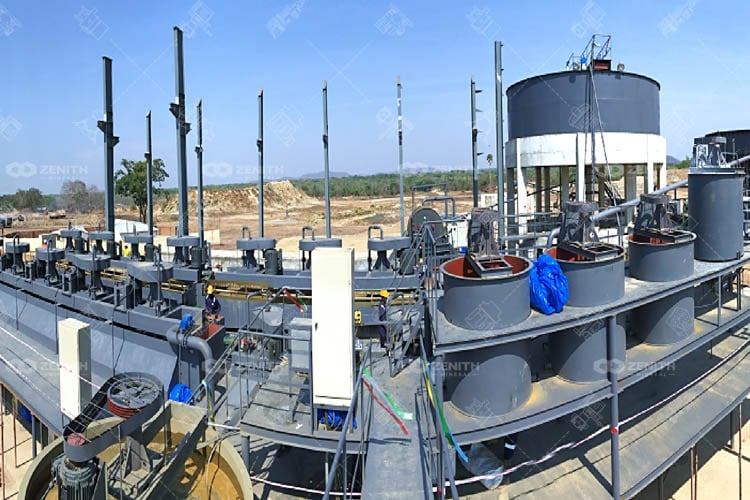
Extraction methods for oxidized gold ore can be broadly categorized into four main processes:Non-Cyanide Extraction Methods, Cyanidation Extraction Method, Oxidized Gold Ore Sulfide Extraction Method, Oxidizing and Roasting Extraction Method.
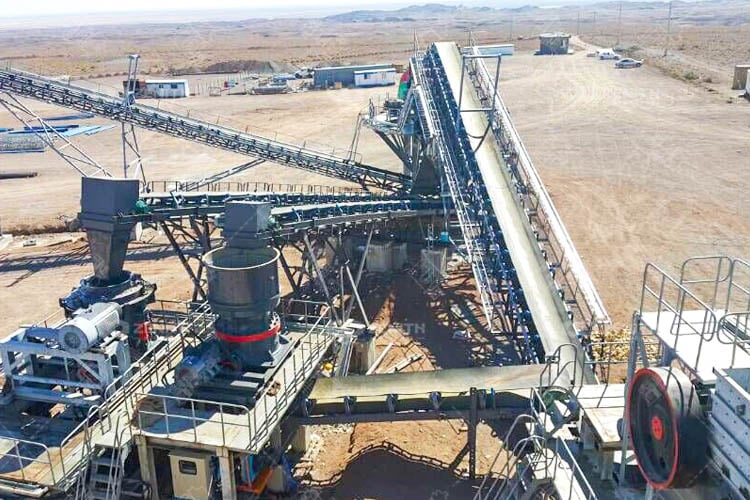
Copper ore beneficiation is a critical component of the mining process, ensuring that valuable copper minerals are efficiently extracted and processed.
Fill your requirements here, and we'll send the custmized solution and quotation to you by the reserved contact information.